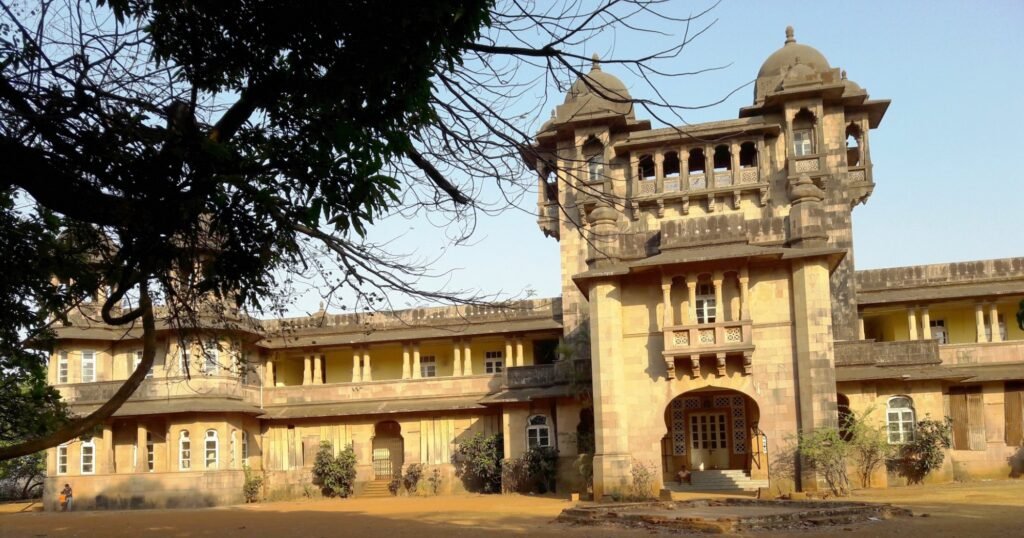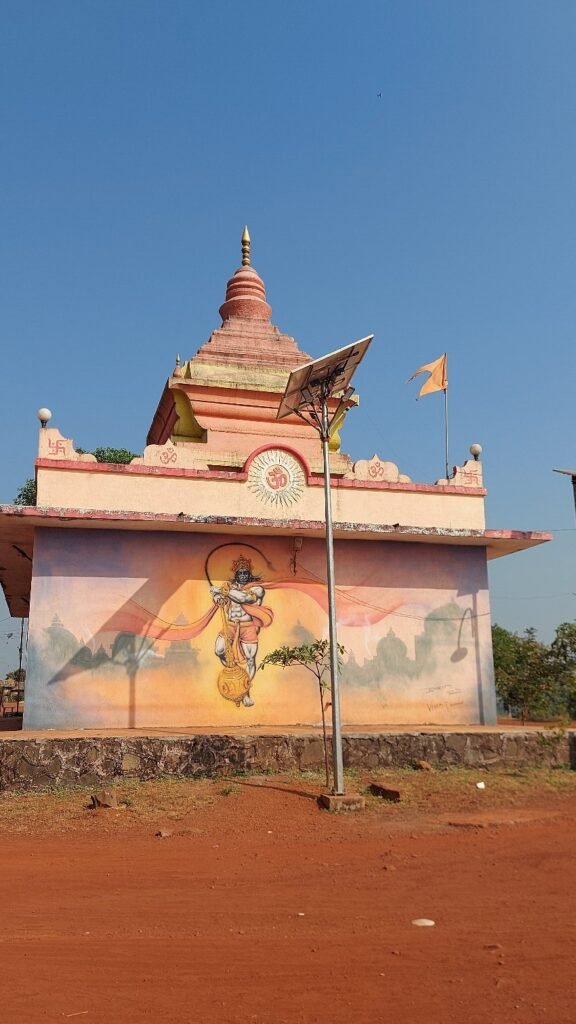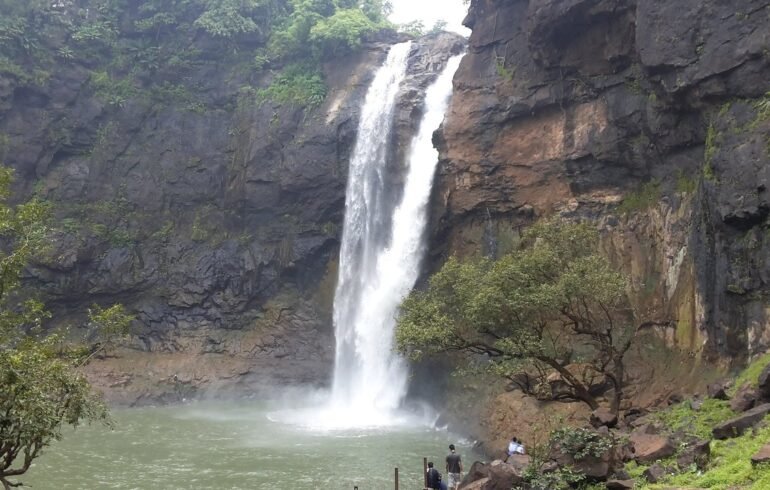Tucked away in the Palghar district of Maharashtra, Jawhar is a lesser-known hill station, rich with tribal heritage, natural beauty, and historic significance. With its lush landscapes and vibrant culture, Jawhar offers an offbeat experience to those looking to escape the tourist crowds.

A Visitor’s Experience in Jawhar
The first thing that hit me as I arrived in Jawhar was the tranquility. The mist-covered Jai Vilas Palace, standing tall amidst the green hills, seemed to hold stories of bygone eras. The local Warli tribal art, painted on the village walls, is both intricate and captivating, giving you a deep insight into the culture of the indigenous Warli tribe.
One cannot miss the Dabhosa Waterfalls, a cascading spectacle post-monsoon, where I stood mesmerized by the sheer force of nature. The evening breeze at Sunset Point was the perfect way to end a day filled with exploration and awe.
Jawhar isn’t just a place, it’s an experience—a perfect blend of nature, history, and tribal life.
Natural and Cultural Highlights
- Jai Vilas Palace: A majestic palace built by the tribal king Yashwant Rao Mukne, offering a glimpse into the history of the region.
- Dabhosa Waterfalls: One of the highest waterfalls in Maharashtra, best viewed after the monsoons.
- Hanuman Point: Known for panoramic views of the valley below and a serene atmosphere.
- Warli Art Village: Learn the art of the Warli tribe, which is world-renowned for its simplistic yet profound mural paintings.

Best Time to Visit
The best time to visit Jawhar is from September to February, especially after the monsoon season when the waterfalls are at their peak and the weather is pleasantly cool.
How to Reach
- By Air: The nearest airport is Chhatrapati Shivaji International Airport in Mumbai, about 120 km away.
- By Train: The nearest railway station is Igatpuri, around 61 km from Jawhar.
- By Road: Jawhar is well connected by road to Mumbai (166 km), Nashik (80 km), and Thane (130 km).
Local Cuisine to Try
While in Jawhar, make sure to try the local tribal dishes like Kanda Bhajji (onion fritters) and Pithla Bhakri, a simple yet delicious meal made of gram flour curry and millet flatbread.
FAQs about Jawhar Hill Station
1. Why should I visit Jawhar?
Jawhar offers a blend of natural beauty, historical landmarks, and rich tribal culture, making it an ideal offbeat destination.
2. What is Jawhar famous for?
Jawhar is known for its Warli art, Jai Vilas Palace, and Dabhosa Waterfalls, along with its scenic landscapes.
3. What is the best time to visit Jawhar?
The best time to visit is post-monsoon, from September to February, when the waterfalls are flowing and the weather is pleasant.
4. Is Jawhar accessible by public transport?
Yes, Jawhar is connected by road to nearby cities, with buses and taxis available from Mumbai and Nashik.
5. Can I witness Warli art in Jawhar?
Yes, Jawhar is one of the best places to experience Warli art firsthand, as it is the native place of the Warli tribe.
